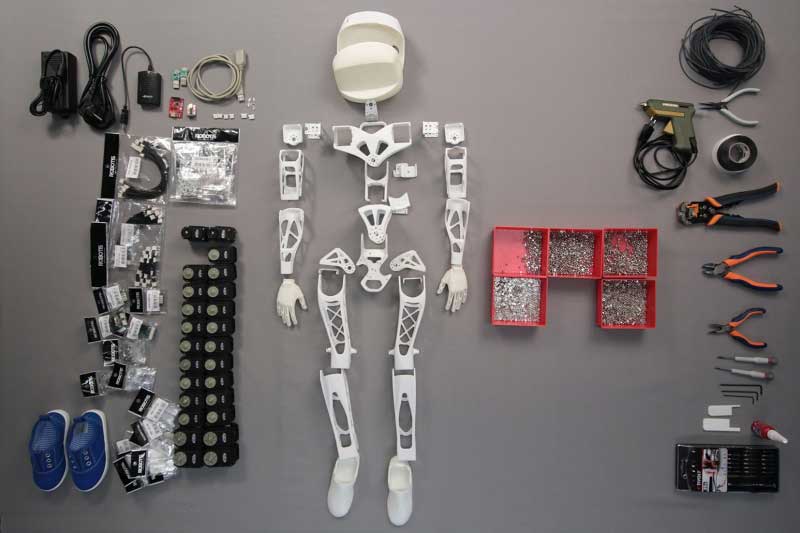By Peter Diamandis –Singularity Hub
Have you heard of the Hyperloop? It’s the concept described as “a cross between a Concorde, a railgun and a bullet train.” Think: Los Angeles to Vegas in 20 minutes or LA to San Francisco in 35 minutes.
A new company called Hyperloop Technologies, Inc. was announced on the cover of Forbes this week, and they are taking on a bold new mission. I’m proud to be a founding director of the company, and very excited about the supercredible team that has come together to make Hyperloop happen.
I sit on the Board of the company along with Shervin Pishevar (major early Investor in Uber, Sherpa Ventures), Joe Lonsdale (Founder Palantir & Formation 8), Jim Messina (Pres. Obama’s Reelection Campaign Manager), David Sacks (Paypal, Yammer), and Brogan BamBrogran (Former SpaceX Engineer, and acting CEO).

















